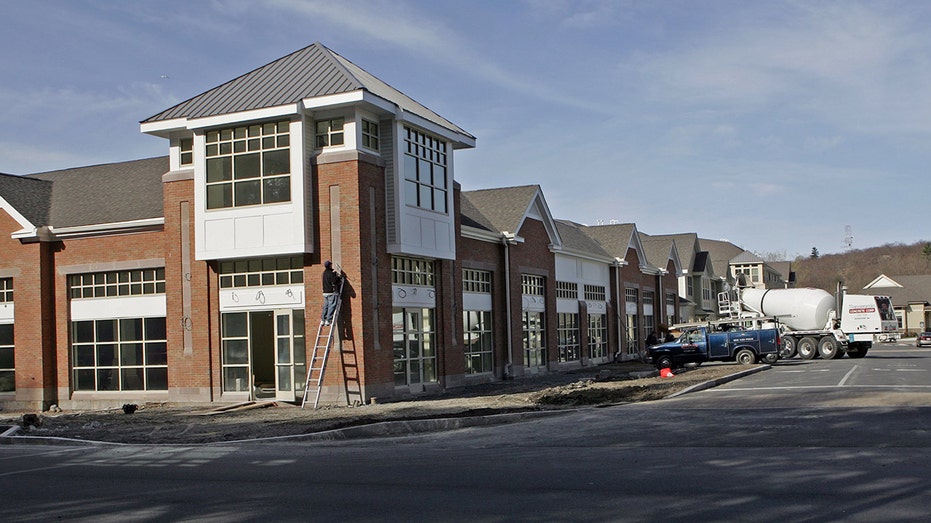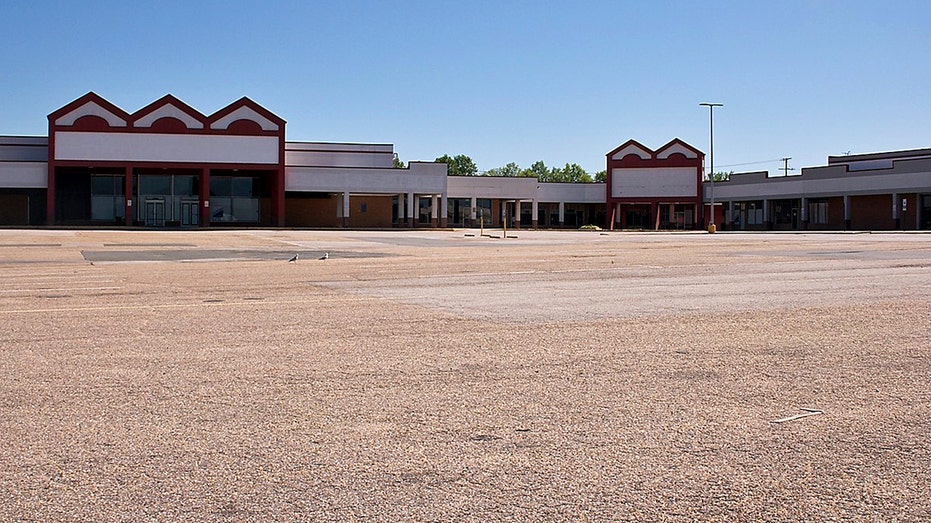Traditional shopping malls, once bustling centers of commerce, are now being converted into mixed-use communities that incorporate residential housing, adding much-needed housing supply to the market.
The move is far from solving the housing affordability crisis – a challenge that requires multiple systemic changes – but some industry experts say it still helps address the housing shortage, particularly in states where the problem is more severe, such as New Jersey and Florida, according to a recent report from Realtor.com.
Hannah Jones, Realtor.com’s senior economic research analyst, told FOX Business that “turning underused or vacant mall space into housing can be a win-win for both property owners and homeseekers.”
NEARLY 1 IN 5 AMERICAN HOMES SLASH PRICES AS BUYERS GAIN UPPER HAND IN SHIFTING MARKET
Jones said that these properties leverage existing infrastructure to bring well-located homes to market faster, avoiding many of the delays tied to new land development.
Still, there are significant hurdles in converting commercial properties to residential use, particularly when it comes to local zoning laws and construction costs.
Redfin chief economist Daryl Fairweather said that local governments control zoning laws determine whether land is used for commercial or residential purposes. Converting commercial areas to mixed-use developments requires changes to these zoning laws, but such efforts often face resistance from residents, according to Fairweather. For instance, she noted that some people fear that more housing, especially affordable housing, could increase traffic or attract undesirable tenants.
FROM AMERICA’S ‘WORST MARKET’ TO WEALTH HAVEN: FLORIDA REAL ESTATE SPLIT SHOWS SIGNS OF LIFE
The issue is exacerbated because many mall structures also weren’t designed for residential use, making conversions expensive, according to Jones. In addition, high labor and material costs often make full demolitions and rebuilds more practical. These added expenses can ultimately lead to higher home prices, reducing the potential affordability benefits, Jones said.
“Mall-to-housing conversions represent a creative way to utilize existing infrastructure to add supply in tight housing markets, but cost and design challenges mean they’re not a silver bullet for affordability,” Jones said.

Still, Jones noted that while this trend is growing, it’s only concentrated in certain areas.
REAL ESTATE VETERAN WARNS ‘HOPELESSNESS’ IN HOUSING MARKET THREATENS THE AMERICAN DREAM
As more projects move forward, the physical and social landscape of American shopping centers is beginning to change.
Prominent Properties Sotheby’s International Realty CEO Charlie Oppler said that the shopping centers many grew up visiting in the 1980s through the 2000s are being replaced with potential housing sites, restaurant and movie-theater destinations, or mixed-use developments featuring upscale retail alongside residential spaces.

Riverside Square in Hackensack, New Jersey, which sold a piece of its land for an apartment complex and now features more than 15 restaurants along with some of the most high-end stores in the country, exemplifies this trend, according to Oppler.
“The housing component at many locations is to utilize the parking lots or excess land to create more housing stock, whether it be rental or for-sale homes,” Oppler said.
Over the next 20 to 30 years, Oppler projected that many older malls may be demolished as vacancy rates climb and replaced by transit hubs and housing, depending on location.
Read the full article here
















